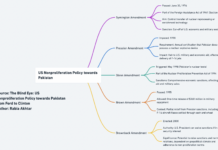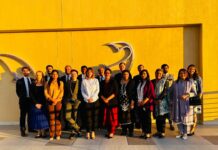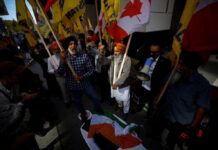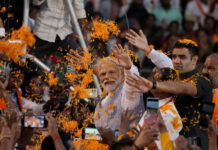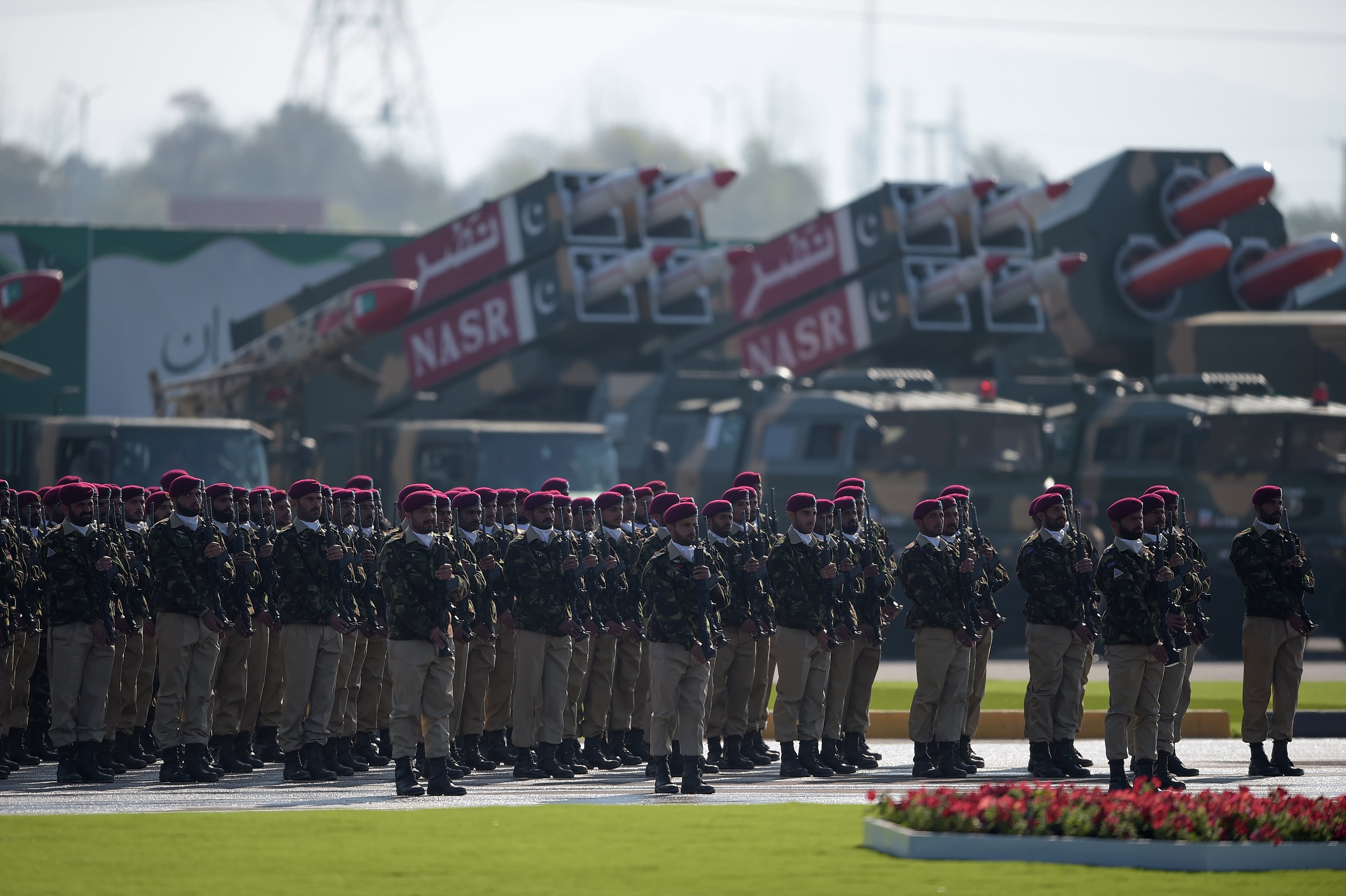Mansoor Ahmed
Pakistan is sometimes referred to as a ‘crisis state,’ which has been beset with unrelenting challenges, but has largely been resilient and has succeeded in navigating through them. Yet the evolving nature of the threat spectrum continues to make fresh additions to the long-list of recurring tasks at hand. Pakistan’s geostrategic location has remained an asset as well as a liability, but the country’s strategic outlook depends on a complex web of economic, social, military and political factors. The management of each of the constituent elements of the country’s grand-strategy and of its national power, presents a unique set of opportunities and potential Achilles heel.
Pakistan is a medium sized regional power in South Asia, with the seventh largest conventional military in the world, and the sixth largest population and the only nuclear weapon state in the Muslim world. Pakistan’s youth bulge accounts for over half of the country’s population. It has the world’s largest irrigation networks, 184 billion tons of coal reserves and huge reservoirs of untapped shale oil and gas that, if harnessed and exploited, can place it in the same league as the Middle Eastern oil producing countries.
However, its tardy economic growth and weak financial management – partly due to corruption, incompetence, and ill-devised policies have neutralized the enormous potential that the country’s geography, demography, and untapped natural resource might have in store. Central to this dilemma is the primary challenge of putting the economy on the path to sustainable growth. This would require structural reforms calibrated to suit Pakistan’s domestic requirements but akin to that of China and India to bring in multi-dimensional technological investment. It will add value to the local products, create jobs and raise incomes in hope to alleviate poverty. This in turn would require reforms and changes in the systems and structures of governance at all tiers that eventually creates trust and instills faith in the future among the people who are the country’s greatest asset. While the China Pakistan Economic Corridor (CPEC) promises to transform the shape of the country’s economic future, its full potential, and that of any similar investment project, will rest on the sincerity and vision of shifting the focus of the country’s economy from agriculture to an export oriented one that introduces value addition and high-tech manufacturing on a large scale. Such an economic miracle has been successfully achieved by several other Asian economies. A strong economy is critical to maintaining a strong and effective defense against increasingly complex security challenges Pakistan is likely to encounter in the next decades, especially its exacerbating asymmetry in national power with an India that is seeking to dominate the South Asian and Indian Ocean regions.
Pakistan has succeeded in containing and reversing terrorism through the resolve and sacrifices of its armed forces and its people. But the conventional military threat emanating from an India vying for global power status, and mollycoddled by the United States, continues to pose a serious external challenge. Pakistan’s strategic program has served to deter aggression and compensated for conventional inferiority. That has changed over the past twenty years with the introduction of a vast array of high-tech conventional force multiplier technologies. In parallel, nuclear triads, missile defense complexes, and an assortment of Pakistan specific ballistic and cruise missiles are continuously been tested, inducted, and improved. During the past decade alone, India has remained the world’s top net importer of conventional arms with a defense budget five times that of Pakistan’s. It has had the unique distinction of being the only major weapon importer that has successfully secured multiple contracts for arms sales from Russia and the United States simultaneously coupled with imports from Israel, France, South Korea. Amid this shopping spree, India is also engaged in the largest expansion of its strategic program, much of it under the umbrella of its civil nuclear energy program (outside IAEA safeguards) with the biggest strategic stockpile of fissile material outside the NPT nuclear weapon states. India’s Space Program is also on a steady path of unprecedented expansion, thanks to the India-US strategic trade and partnership. Pakistan’s nuclear and missile program is India centric but is much smaller in size and scope. Its space program is in its infancy and the country has yet to make a strategic effort in futuristic technologies on the horizon, including cyber, artificial intelligence, etc. Pakistan has not acquired or developed a dedicated nuclear submarine force, or ballistic missile defenses, or a blue water navy. Its full-spectrum deterrent posture (comprising conventional forces and India specific intermediate range missiles) is widely misconstrued as one that advocates warfighting.

Taken together, this asymmetry and resource imbalance has triggered a clear shift in India’s force posture that now appears to be moving towards a mix of counter-value and counter-force posture in addition to provocative offensive military doctrines such as the Cold Start and limited war. India continues to present China as the primary driver for its military modernization and buildup. In reality, much of its armed forces are poised against Pakistan (including its three army strike corps). Although India is raising new formations against China, and is likely to deploy some of its best air and land assets against China in the wake of the Doklam crisis, with its competition extending to the Indian Ocean, every bit of its existing and future military capability will be readily available to be employed against Pakistan. This is all the more alarming, given the testing of Pakistan-specific short-range battlefield/tactical ballistic missiles and supersonic cruise missiles under the Strategic Forces Command. India’s testing of canisterized missiles, development of an SSBN fleet, and acquisition of Russian, US, and Israeli missile defense systems and frequent military exercises along Pakistan’s border, designed to practice limited war doctrines, have emboldened its military, civilian officials (serving and retired) and academics and scholars to openly debate pre-emptive and ‘splendid first strikes’ against Pakistan, with the aim of achieving escalation dominance. Although these changes in Indian strategic thinking are in direct contradiction of its stated No First Use and Massive Retaliation Posture, Indian officials will continue to insist on the status quo in their posture and declared doctrine. But with the United States firmly supporting India’s regional and global aspirations and dubbing it as a net security provider, designed to contain China as the next superpower, Pakistan will have to invest in maintaining the credible minimum deterrent against the full spectrum of threats. Its oscillating and nose-diving relations with the United States have therefore forced it to forge a greater alliance with China and reach out to Russia with an offer of a strategic partnership while seeking to develop regional alliances with Turkey, Iran, Malaysia, Sri Lanka, Qatar, UAE and Saudi Arabia. This Asian Alliance Network, with China and Russia playing lead roles, is likely to dominate the geostrategic landscape of this part of the world for a forseeable future, and Pakistan is making the right choices in the face of evolving geostrategic realities such as the Indo-Pacific and the Quad emerging as tangible American initiatives to secure India on its side as a new strategic partner. Afghanistan, however, remains a key challenge to Pakistan’s quest for lasting stability and a major irritant in its relationship with the United States where a durable political settlement will immensely help Pakistan’s economic growth and investment climate by contributing to peace and stability.
Regional factors alone, cannot guarantee Pakistan’s economic or strategic security, which largely rests on the state of the country’s national integration, strength of the federation, a vibrant democracy and institution-building through rule of law. These objectives require a sincere and competent leadership through a holistic and national effort that fosters a strong sense of Pakistani nationalism transcending ethnic, sectarian, provincial and linguistic differences and realizes the full potential of 200 million people. A strong, inclusive and motivated nation can potentially overcome and transform the myriad of internal and external challenges into opportunities for building a prosperous and progressive polity that gets its due share of respect, recognition and influence in the international system and realizes the vision of its founding fathers.
Dr. Mansoor Ahmed is a Senior Research Fellow at the Center for International Strategic Studies, Islamabad.



